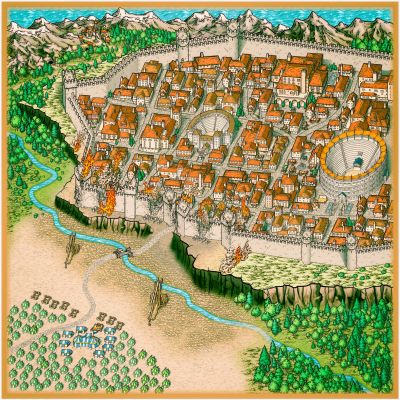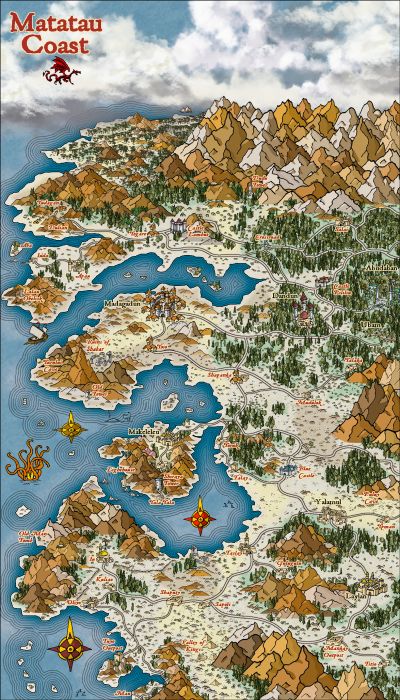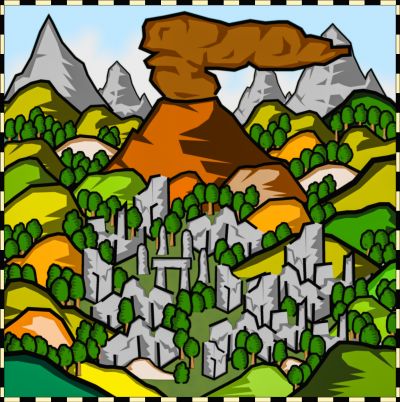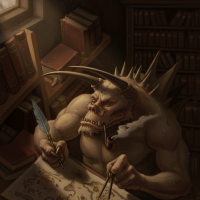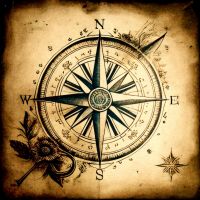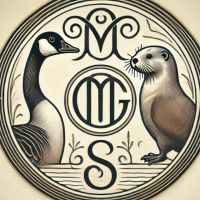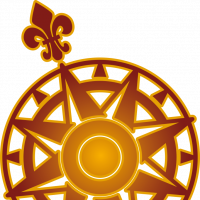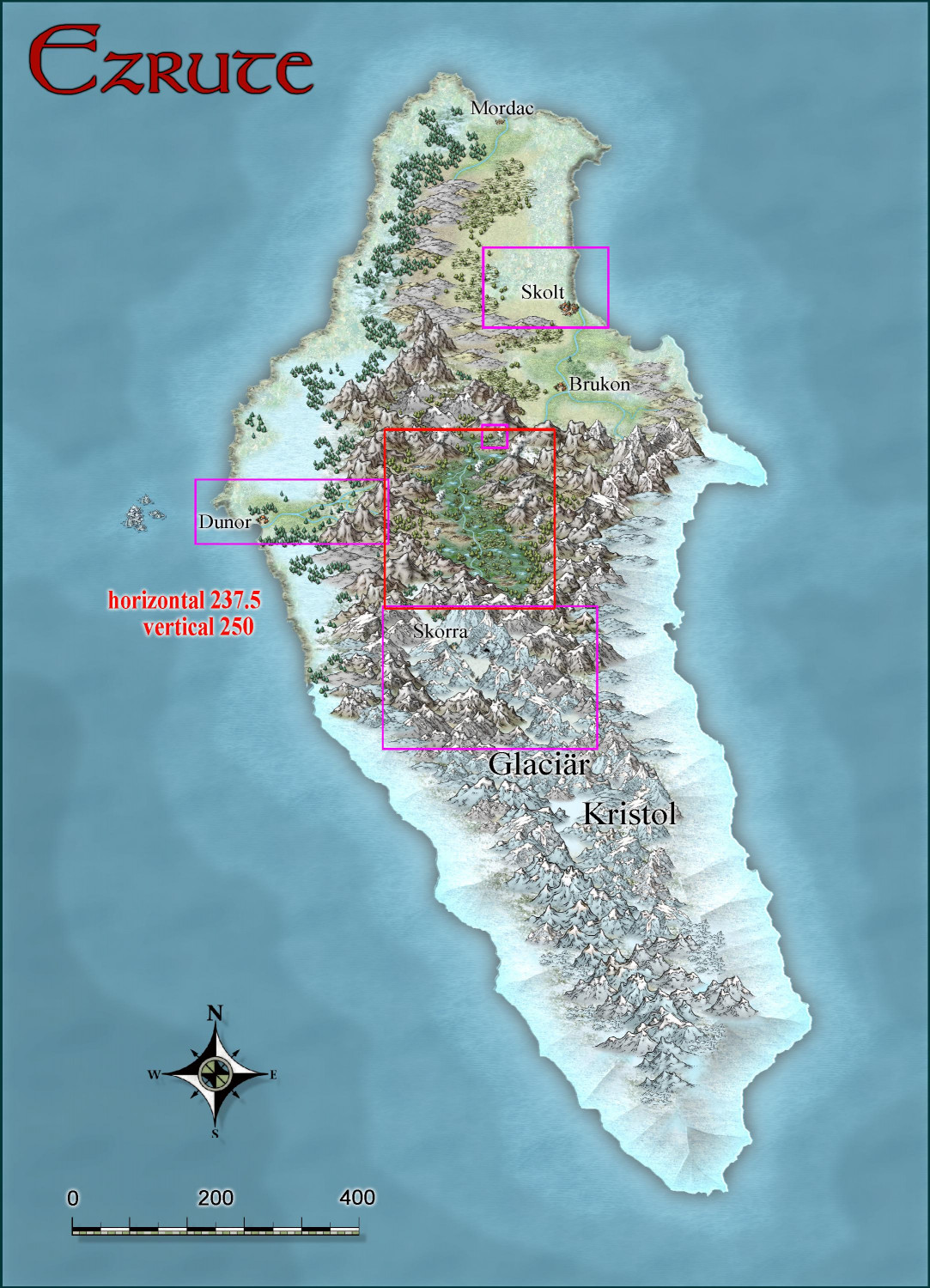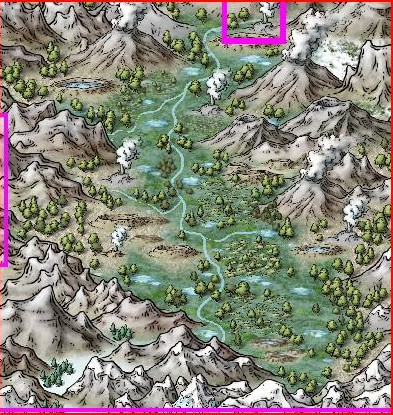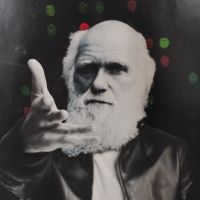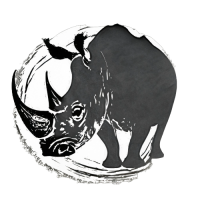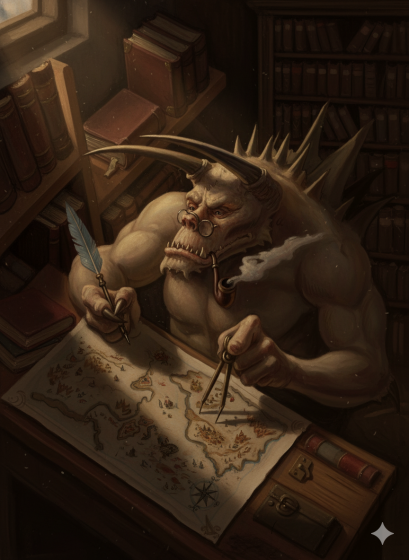
Ricko
Ricko
About
- Username
- Ricko
- Joined
- Visits
- 6,688
- Last Active
- Roles
- Member
- Points
- 10,516
- Birthday
- February 7, 1977
- Location
- merlo san luis argentina
- Rank
- Mapmaker
- Badges
- 22
Reactions
-
Live Mapping: Villages of Schley *CANCELLED*
-
Community Atlas - Ezrute - Fertile Valley
-
Galery of NPC
-
Live Mapping: Villages of Schley *CANCELLED*
-
Community Atlas - Ezrute - Fertile Valley
After postponing, I decided to take this area to bring to life the initial information about this continent, as they have fresh fruits... it's difficult to create this lore in such continent - expanding something that I already started in the Brukon region. The area is 237.5 miles vertical and 250 miles horizontal.
Let's see what comes out...
Cheers


